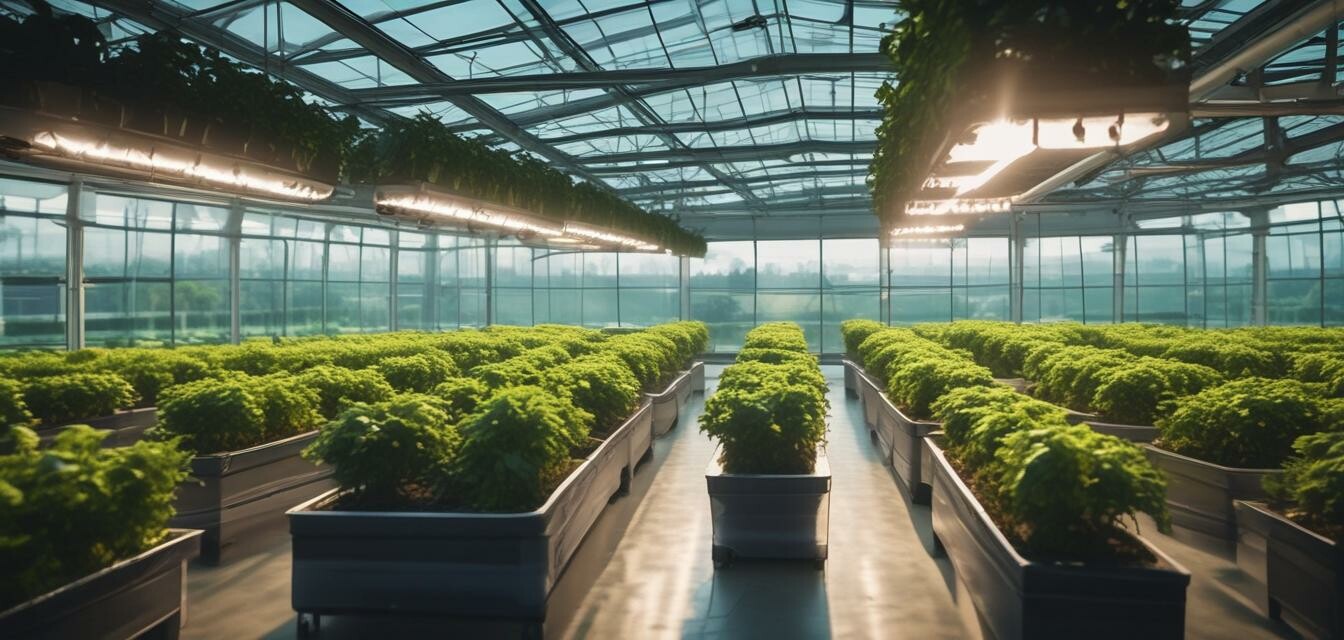
The Impact of Climate Change on Hydroponic Practices
Key Takeaways
- Climate change poses significant challenges to traditional farming and hydroponic practices.
- Adaptation strategies are essential for hydroponic gardeners to remain resilient.
- Water efficiency and energy management are key factors affected by climate conditions.
- Utilizing advanced technologies can enhance greenhouse practices under changing climates.
- Regular monitoring and feedback systems improve resilience to climate variations.
Climate change has emerged as a pressing issue for agribusinesses worldwide, including those who utilize hydroponic gardening systems. Hydroponics, a method of growing plants without soil, offers a unique solution to some challenges posed by climate change. However, hydroponic systems are not immune to its effects. This article delves into how climate change impacts hydroponic practices and explores various strategies that gardeners can implement to adapt and thrive.
Understanding climate change and its effects
Climate change refers to significant alterations in temperature, rainfall patterns, and more, affecting ecological and agricultural systems. Rising temperatures and unpredictable weather patterns influence growth conditions in numerous ways, including:
- Temperature fluctuations can stress plants, impacting their growth rate.
- Increased evaporation rates may lead to water scarcity.
- Extreme weather events can disrupt operational continuity.
Challenges for hydroponic gardening
Despite the many benefits of hydroponics, such as resource efficiency, these systems face several challenges due to climate change:
| Challenge | Impact |
|---|---|
| Water Scarcity | Increased evaporation and reduced water availability make it essential to optimize water usage. |
| Energy Costs | Higher temperatures increase energy consumption for cooling systems, raising operational costs. |
| Pests and Diseases | Warmer climates can contribute to pest proliferation, putting crop yields at risk. |
| Supply Chain Interruptions | Severe weather can disrupt the transportation of nutrients and materials needed for hydroponic systems. |
Adapting hydroponic practices
Gardeners can implement various adaptation strategies to ensure continued success in hydroponic gardening under changing climate conditions. Here are some essential strategies:
Tips for hydroponic gardeners
- Optimize water usage: Use efficient water delivery systems to minimize waste.
- Implement energy-saving technologies: Invest in energy-efficient systems to reduce operational costs.
- Regular monitoring: Use monitoring systems for temperature, humidity, and nutrient levels to quickly respond to changes.
- Adopt resilient crops: Choose plant varieties that are more resilient to heat and fluctuations.
- Utilize renewable energy sources: Explore solar or wind energy for powering your hydroponic systems.
The role of technology
Advancements in technology play a crucial role in addressing the impacts of climate change on hydroponic practices. These technologies include:
- Automated climate control systems: These systems help maintain optimal growing conditions by adjusting environmental factors automatically.
- Advanced nutrient delivery systems: Improved nutrient solutions ensure that plants receive the necessary nutrients regardless of external conditions.
- Data analytics: Using big data helps analyze trends and predict future outcomes in hydroponic systems.
Conclusion
As climate change continues to evolve, so must our strategies in hydroponic gardening. Understanding the implications of changing weather patterns and the associated challenges is crucial for any gardener aiming to thrive in today’s environment. With the right adaptation strategies and leveraging technology, hydroponic gardeners can remain resilient no matter what climate challenges come their way.
Pros
- Increased efficiency in water usage compared to traditional farming.
- Ability to produce crops year-round regardless of external climate.
- Reduced pests and diseases due to controlled environments.
Cons
- Initial setup costs for hydroponic systems can be high.
- Requires consistent monitoring and maintenance.
- Vulnerable to electrical outages and issues with technology.
Stay informed
To stay updated on the latest developments, trends, and technologies in hydroponic gardening, check out our other articles on news and trends in hydroponics and various hydroponic systems that can enhance resilience in the face of climate change.
By continuously adapting to these changes and implementing effective strategies, hydroponic gardeners can not only survive but thrive, ensuring a sustainable future for their practices.

